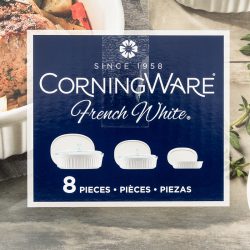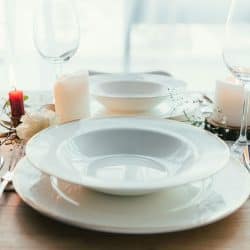It seems like most kitchens have at least a few old CorningWare dishes in the cabinets. This company has been a staple of many households for decades and a loved and trusted name for generations. You may have heard that Pyroceram—the material once used to make Corning Ware—contains toxins like lead. We researched this material from multiple professional sources, so you will know for sure if it is safe to use.
Newer CorningWare made from Pyroceram is not toxic and does not contain any traces of lead. But you should use some caution if you are using older CorningWare dishes.
Now that we know that newer Pyroceram doesn't contain lead, we'll take a look at why using vintage CorningWare might not be advisable. You might also be wondering what the advantage of CorningWare is, or if CorningWare is safe to use. For the answers to these questions and more, read ahead in this post to see what our research has uncovered.
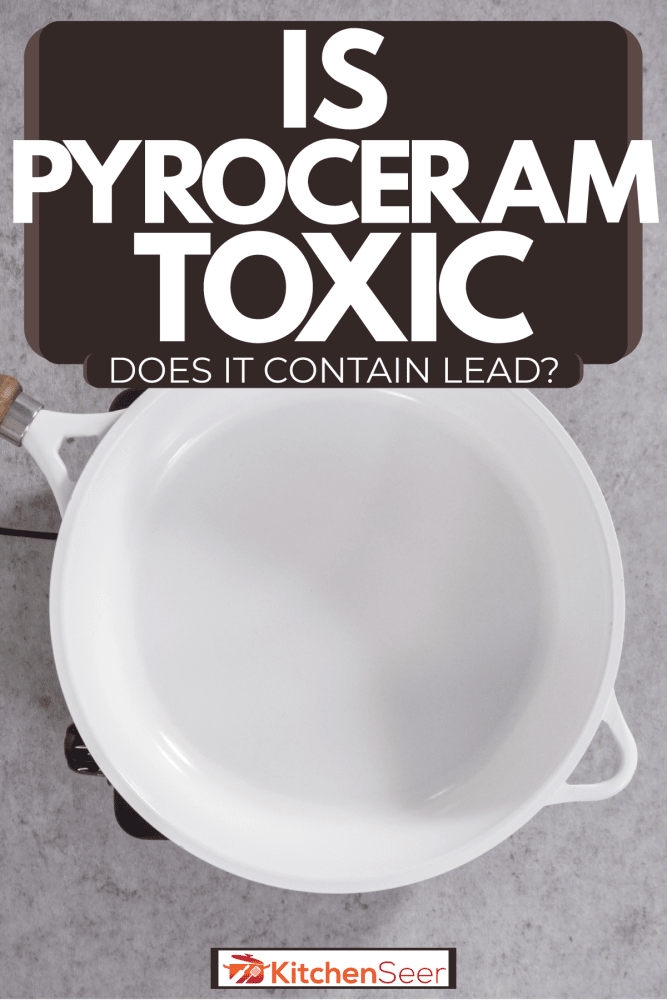
Is Pyroceram Toxic—Does It Contain Lead?
The good news is that Pyroceram does NOT contain lead. If your CorningWare was produced since 2005, it should not contain any chemicals that are known to be harmful. The material used in these baking dishes will not leech into any of the food that it comes into contact with, keeping you safe from its chemical makeup.
The white-glass material used to create Pyroceram is closely related to bone China. It is non-porous and won't impact the flavor of your food, either. These qualities are part of what makes Pyroceram safe and effective to cook with.
Older CorningWare dishes could contain traces of harmful chemicals, however. If your dishes are nearing 20 years old, it's probably best to retire them as a precaution.
Why You Probably Shouldn't Use Vintage CorningWare
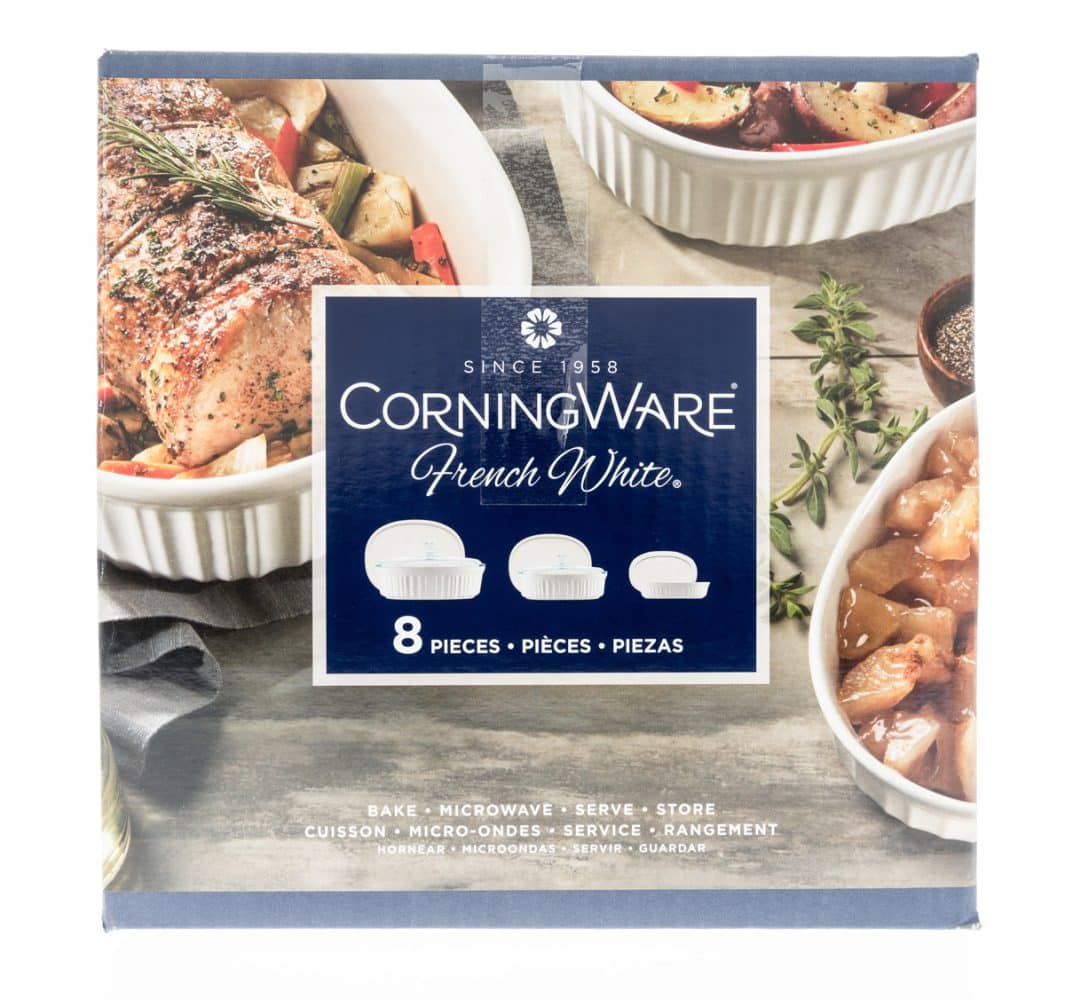
You've probably been to someone's home and seen their vintage CorningWare collection on display. While these dishes can be great time capsules that are fun to look at, it's not recommended that they be used for cooking.
The older the dish, the more likely it is to be damaged. Scratches and cracks can be easy to overlook, especially as these dishes age. Experts agree that even though there is no proof of lead or other toxins present in the Pyroceram, older, damaged dishes should be kept out of ovens.
But just because you have taken your vintage CorningWare out of baking duties doesn't mean that you have to get rid of it. Lots of people collect and display both Pyrex and CorningWare. And if you have no interest in doing so, it's not hard to find a collector who would want your old pieces for that purpose.
What Are The Advantages Of Using CorningWare?
CorningWare has been a trusted name in cookware for generations. This product carries many advantages, making it a popular choice among homemakers and kitchen hobbyists.
Chemical resistance
The Pyroceram that these popular dishes are made from is super resistant to a wide variety of chemicals. This makes these dishes ideal for food preparation, baking, and food storage.
These dishes will not be impacted by acidity, salt solutions, and organic solvents. This means that the surface of the dish will not corrode. The dishes will also not leach chemical properties from the food it comes into contact with.
Temperature resistance
Pyroceram can take temperature extremes. You can store them in a deep freezer without the worry of them cracking. You can also use them on a cooktop or in the oven without fear of them melting or exploding. Of course, you shouldn't ever subject any glassware to extreme changes in temperature. But we'll talk more about that later in this post.
Is CorningWare Safe To Use?
You might have read somewhere on a blog that CorningWare isn't safe to use. But the truth is, this cookware is perfectly safe as long as you are using dishes that were manufactured after 2005. The Pyroceram glass is free of toxins.
This surface does not absorb any of the food or moisture from cooking or storage and will not react to the acidity of any food or beverages placed into the containers. This prevents bacteria from building up and stops the container from cross contaminating the food.
You should avoid using old or damaged CorningWare, especially in ovens. Pyroceram doesn't fare well in extreme heat when it's damaged, as we'll discuss further below.
Is It Safe To Use Scratched CorningWare?
CorningWare has made safe and durable cookware since 1958 and has a storied reputation for quality. These items are not indestructible. They can develop little chips and cracks over time that you should always be on the lookout for.
If you notice scratches or chips in the CorningWare, you should discontinue use immediately. This kind of damage, though minimal on the surface, can cause the glassware to explode when it is exposed to extreme heat. So putting your favorite dish in the oven in damaged CorningWare might lead to the dish cracking and exploding.
The last thing you'd want is for your meal to be ruined by shards of CorningWare. In extreme cases, an exploding dish might do damage to your oven. Inspect your CorningWare before each use, especially older units.
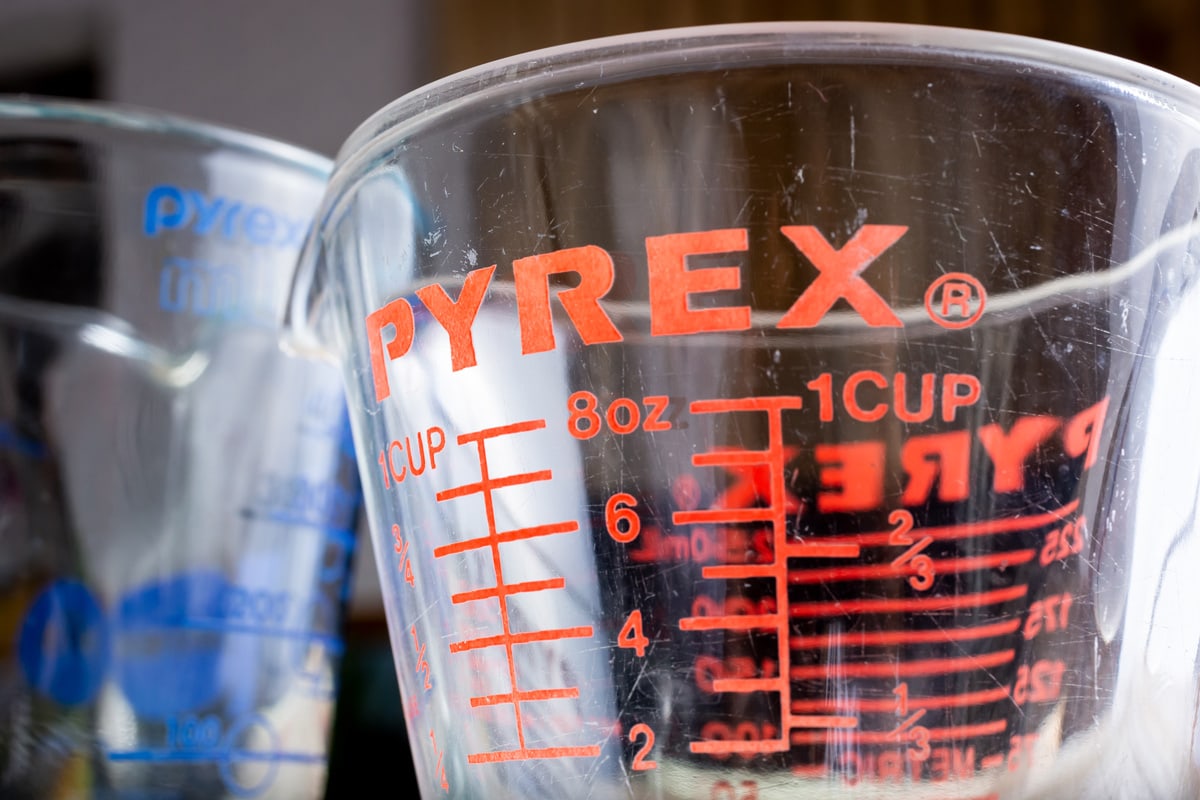
Can I Transfer CorningWare From The Oven To The Freezer?
Many of us bake food to use for a later date. And what better way to have food keep long term than tucking it neatly away in a deep freezer? While CorningWare is oven-safe and freezer safe, you should NEVER go directly from the oven to a cold temperature.
Pyroceram is a durable material. But quickly reducing the surface temperature can make even the toughest glass crack or explode. This will make a giant mess in your freezer, not to mention ruin your creation.
It's best to let the dish come to room temperature entirely before putting it into the freezer. Once the dish has cooled, it will not be at risk of cracking or exploding within your deep freeze. This way, you can enjoy the dish you worked so hard on!

Handy Tips For Baking With CorningWare
If you are using CorningWare for the first time, we suggest reading over the following tips for how to best bake with these dishes. They are a great addition to your kitchen, but there's some important information to be had before you place one in the oven for the first time.
These dishes are tough, but they have a limit
CorningWare is meant to be baked with. They are very heat resistant, but they do have a maximum temperature you should never exceed. Generally, your dish (and its contents) will be safe in a heated oven so long as you keep it at 450 degrees F or less.
Anything hotter than that can cause the CorningWare to crack. In extreme cases, the dish can explode. Make sure you read the temperature on your recipe carefully, and never bake in CorningWare above the recommended temperature.
Consider a bit of water
If you are cooking something that will release juices, consider adding some water to the bottom of the dish first. This will help slow sudden changes in the surface temperature and avoid damage to the glassware.
NEVER expose a hot CorningWare dish (or any other glassware) to water. This will cause an immediate temperature change. We know from earlier in this post that damage is imminent when this happens. Needless to say, don't submerge a hot piece of glass in water. Let it cool to room temperature first.
Inspect!
Before you use any piece of CorningWare, inspect it first. We talked earlier about how damaged pieces can crack or explode. It's best to weed out defective or worn glassware before finding out the hard way.
Easy does it
Extreme changes in temperatures can damage CorningWare, as we learned earlier in this post. Therefore, we suggest always preheating your oven before you place a CorningWare dish into it.
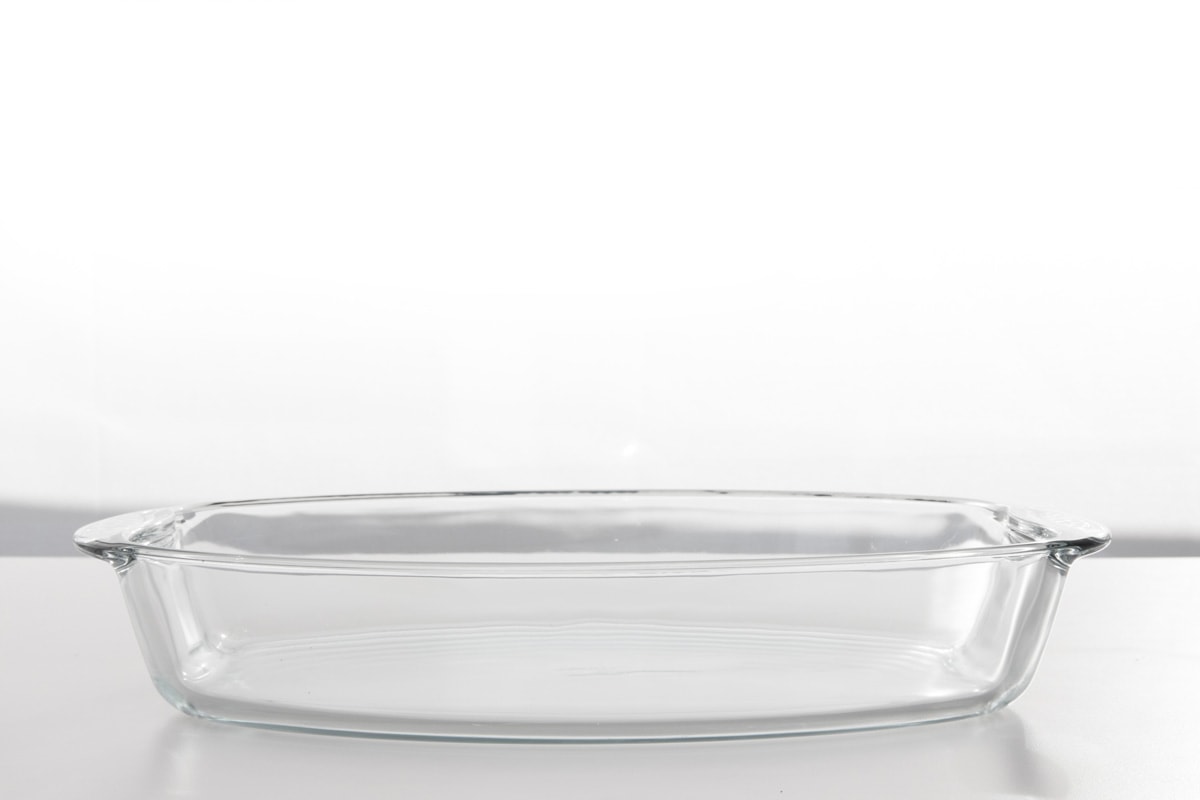
The oven's heating element can damage the dish while it is on at full temperature, trying to heat the unit to the set temperature. Wait until the oven has fully preheated before placing the dish inside it.
In Conclusion
Pyroceram is lead and toxin-free, therefore safe for you to use. Be wary of older dishes, however, as any with damage are going to be susceptible to breaking when they are in the oven. Scratched or otherwise damaged pieces can still be collected and are quite popular among CorningWare enthusiasts.
Make it this far? You're at the end! We hope this post on the program answered all your questions. For additional information, we suggest reading the following posts:
Does Corningware Contain Lead? [Inc. Blue Cornflower, Spice Of Life, & French White]
Is Vintage Corningware Toxic? [Detailed Reference Inc. Lead, BPA, & Cadmium]
Is Scratched Stainless Steel Toxic Or Safe? Here’s What You Need To Know!

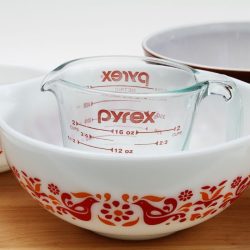
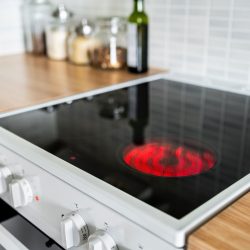
![Variety of baking dishes white colored old corningware on a white background, Is Vintage Corningware Toxic? [Detailed Reference Inc. Lead, Bpa, & Cadmium]](https://kitchenseer.com/wp-content/uploads/2022/09/Variety-of-baking-dishes-white-colored-old-corningware-on-a-white-background-250x250.jpg)
![Scalloped potatoes, potato casserole with the addition of herbs and edible chives flowers in a ceramic baking dish - Does Corningware Contain Lead? [Inc. Blue Cornflower, Spice Of Life, & French White]](https://kitchenseer.com/wp-content/uploads/2022/10/SCALLO1-250x250.jpg)
